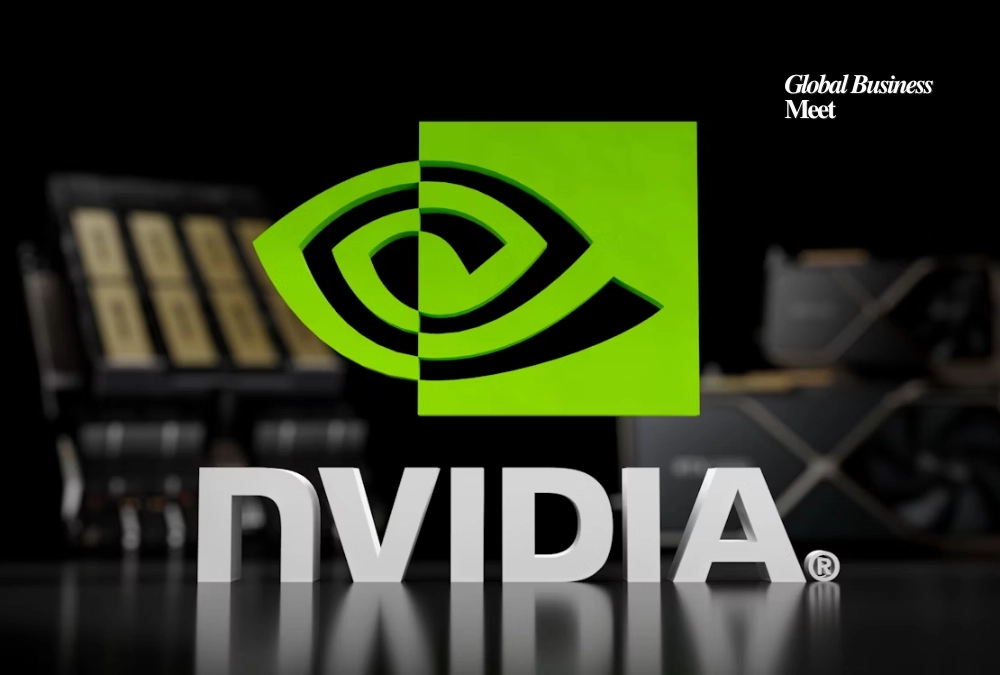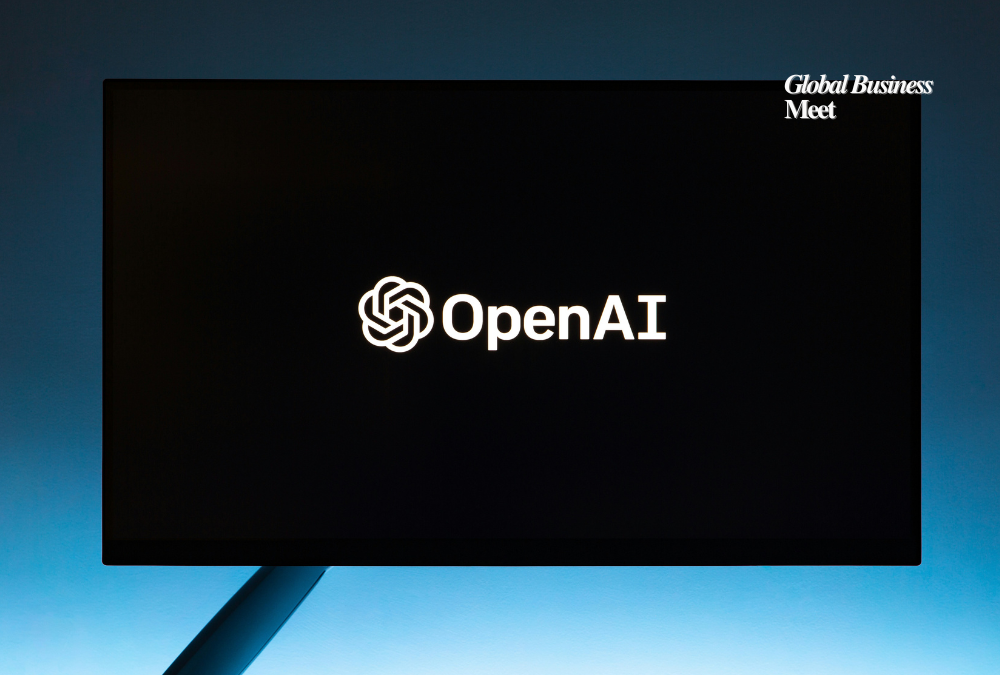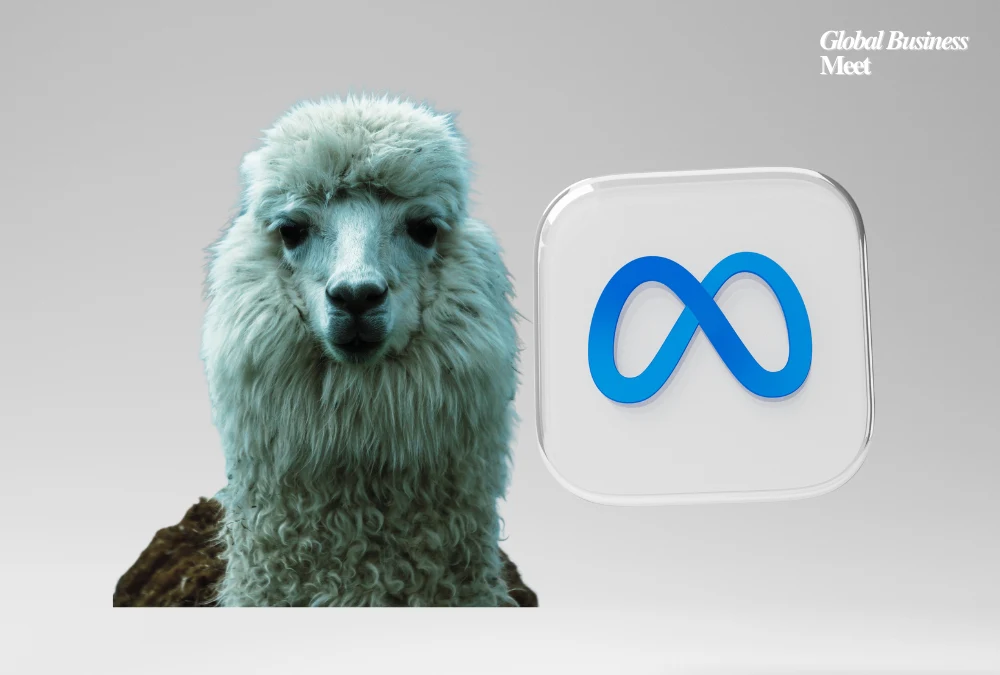
Gemma 3n is a lightweight, optimised, multimodal AI model running efficiently on devices such as smartphones, tablets or laptops and was announced at Google I/O 2025. For bringing advanced AI abilities to users’ devices directly, while improving offline use and privacy – this marks an important step.
Gemma 3n is able to understand and generate content across pretty much any modality you can think of – text, images, audio, video and more. Surprisingly it runs on devices with less than 2GB RAM, thus easily available to wide range of hardware. This is accomplished thanks to its architecture which is in common with Google’s Gemini Nano model and so guarantees a solid performance on resource constrained devices.
Gemma 3n has the advantage of being able to run on device. It excises the need for constant cloud connectivity, this reduces latency, gives more data privacy and reduces operational costs. The benefits of this approach are especially significant for applications that demand real time responsiveness and for those users who care about data security.
Gemma 3n is available to developers through Google AI Studio, where developers can explore cloud based functionality and through Google AI Edge, where they can develop on their devices. The main are of these platforms are to provide tools and libraries for developers that help them build and deploy apps using the power of Gemma 3n.
But Google also unveiled MedGemma, a custom model specifically designed to analyze health related text and images. Google’s Health AI Developer Foundations is a program and this model took part it to help developers build apps related to healthcare diagnostics and analytics.
In addition, Google’s SignGemma is an open model that converts sign language to spokenlanguage text focused specifically on American Sign Language and English. The goal of this effort is to empower developers to build solutions that increase the communication accessibility for deaf and hard of hearing communities.
The Gemma models are open, but some developers have been upset at Google’s custom licensing terms and whether those apply will make or break commercial use cases. Despite that, the models have been adopted by many, tens of millions of downloads, implying strong interest and involvement from the developer community.
In total however, the emergence of Gemma 3n and its associated models highlight Google’s desire to extend the use of AI as fast as possible across a wide variety of devices and implementations.



































































































